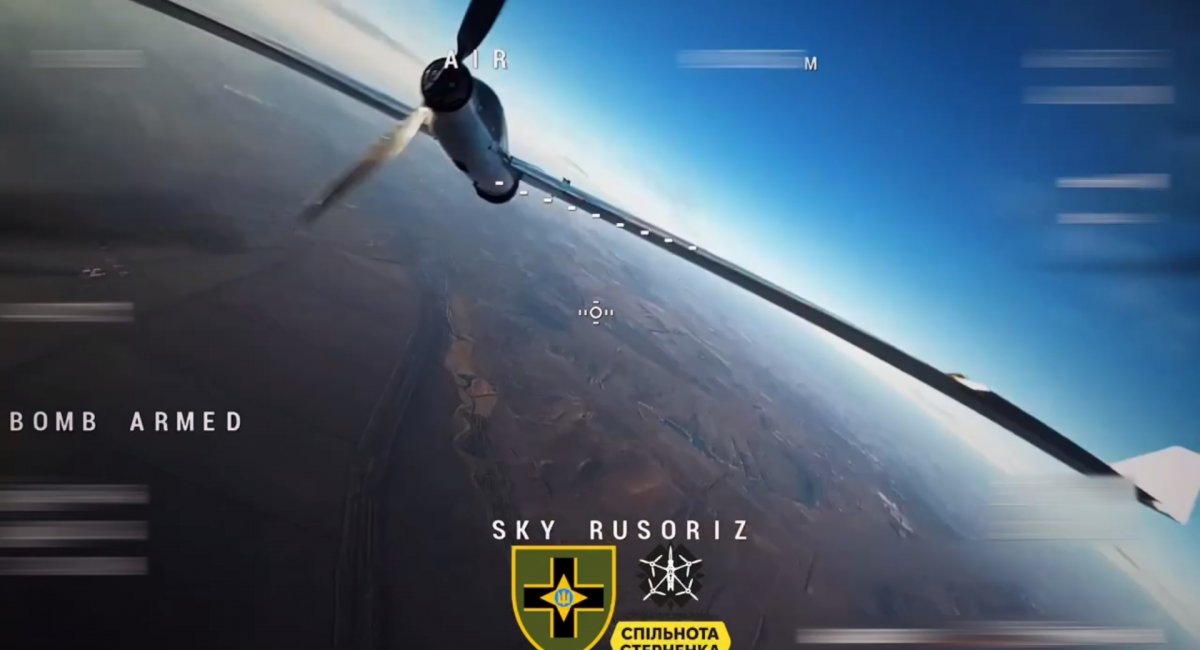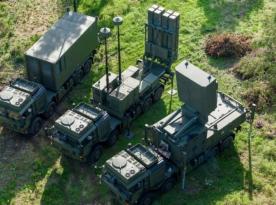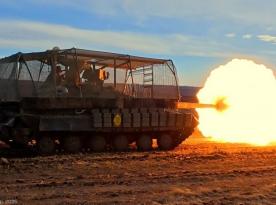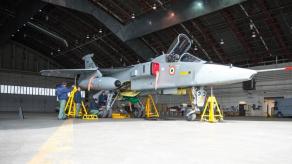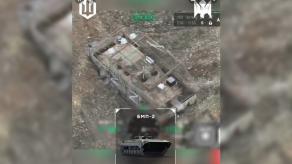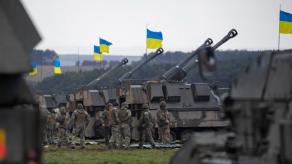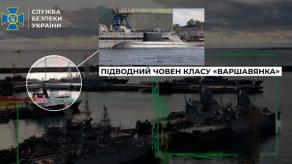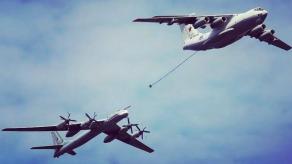Back in late October 2024, Defense Express drew attention to a russian innovation designed specifically to address the rapidly expanding use of so-called FPV interceptors by Ukrainian drones. With some modifications and experience from the operators, simple camera drones became an extremely effective weapon against far more elaborate and expensive russian scout drones like Orlan or Zala.
In response, russian engineers started looking for ways to neutralize or avoid anti-aircraft FPVs, one method involved using a camera with AI-based learning software to launch an evasive maneuver sequence. This way, as intended, the reconnaissance drone should be able to automatically detect a threat and break away from the attacker. How effective this concept is in practice, the first clip of the video below shows:
Read more: russian UAVs Learn to Evade Ukraine's Anti-Aircraft Drones
Ще -9 російських розвідБПЛА!Воїни 28 ОМБр з вашою допомогою захищають наше небо та рятують життя. Цього разу збили 7 БПЛА Zala, 1 Орлан та 1 Supercam!Якщо буде ваш донат на русоріз — зібʼють ще більше! pic.twitter.com/ZcUWn04MHJ — Serhii Sternenko (@sternenko) February 15, 2025
This footage, shared by Ukrainian activist Serhii Sternenko, depicts several episodes of Ukrainian drones catching up to russian ZALA 421-16E2 drones and an Orlan-10, all downed by the FPV operators of the 28th Mechanized Brigade.
For a reminder, the idea with automatic evasion should work as follows: there's a rear-view camera installed on a reconnaissance UAV that can recognize a hostile drone using "machine vision" algorithms and initiate a steep dive maneuver in an attempt to shake off the pursuer. It also should buy some time for the quarry, as FPV drones are known to have short-lived batteries, especially those with higher speeds needed for mid-air interception.
The behavior of the russian Zala in the video matches what was demonstrated by russians during the tests of their technology:
Interceptor drone solutions: Machine vision camera tested on a reconnaissance drone’s tail detecting an incoming Ukrainian FPV interceptor. Russian drone then performs an evasive maneuver to avoid the attack. pic.twitter.com/8tt5AMvHBi — Clash Report (@clashreport) October 26, 2024
Since the main camera is located in front of the Zala and has a limited field of view, it is highly unlikely that the operator spotted an FPV approaching from behind and steered the UAV down by himself.
It also remains unclear why, despite the fact the FPV soon approached it in the same manner from behind, Zala did not repeat its sudden maneuver. Another detail of note is how quickly the Ukrainian FPV operator followed suit and soon caught up to the target in an impressive display of skill, because FPV drones usually come without stabilization of any sort, unlike more advanced military-grade reconnaissance aerial vehicles.
Read more: What Countermeasures russians Offer to Ukrainian Anti-Aircraft FPV Drones




